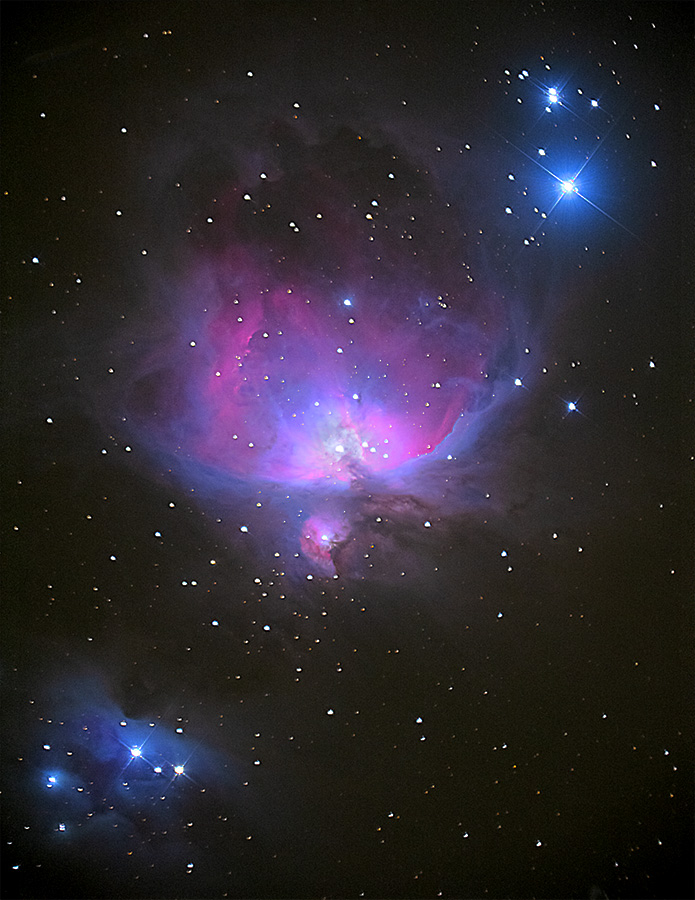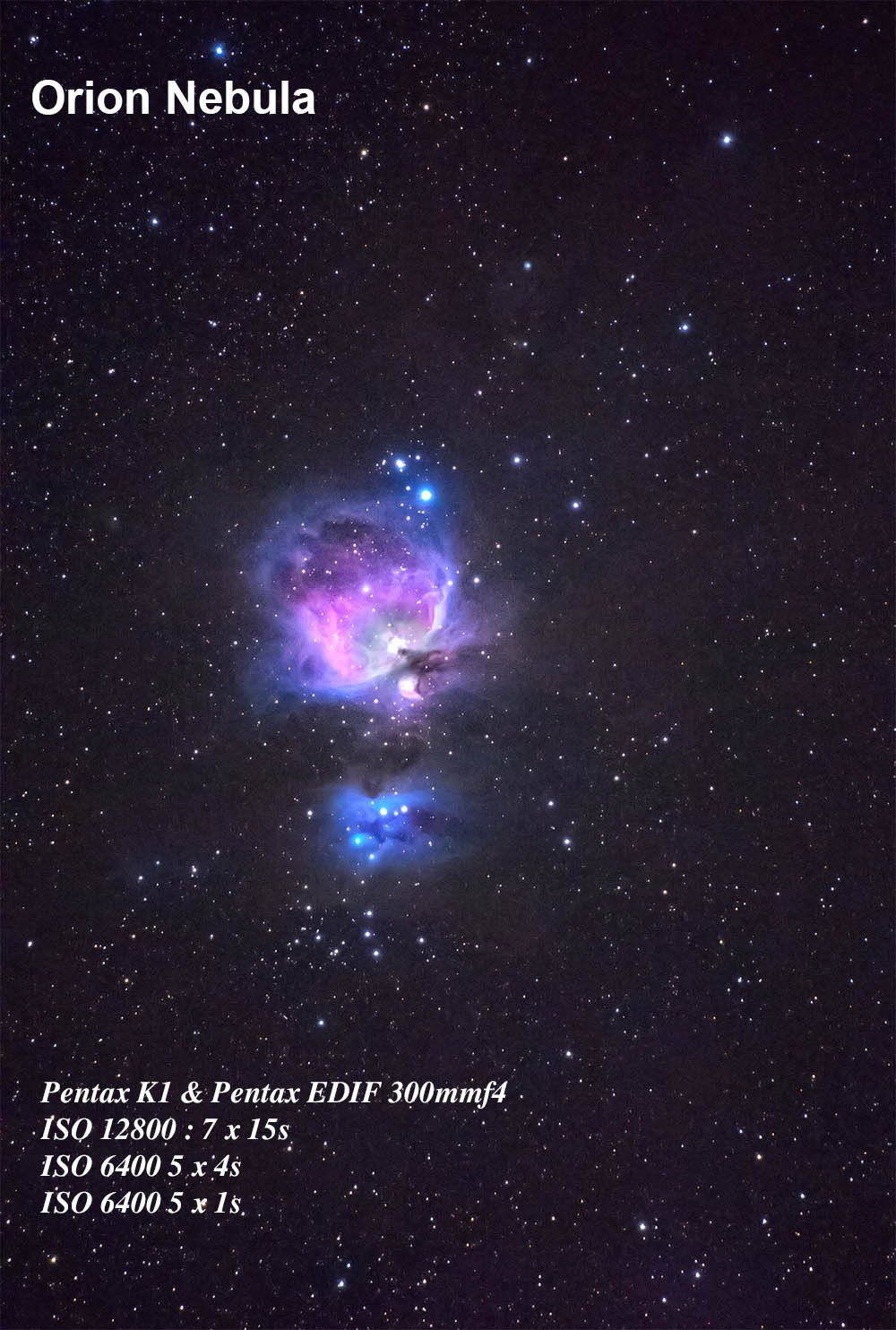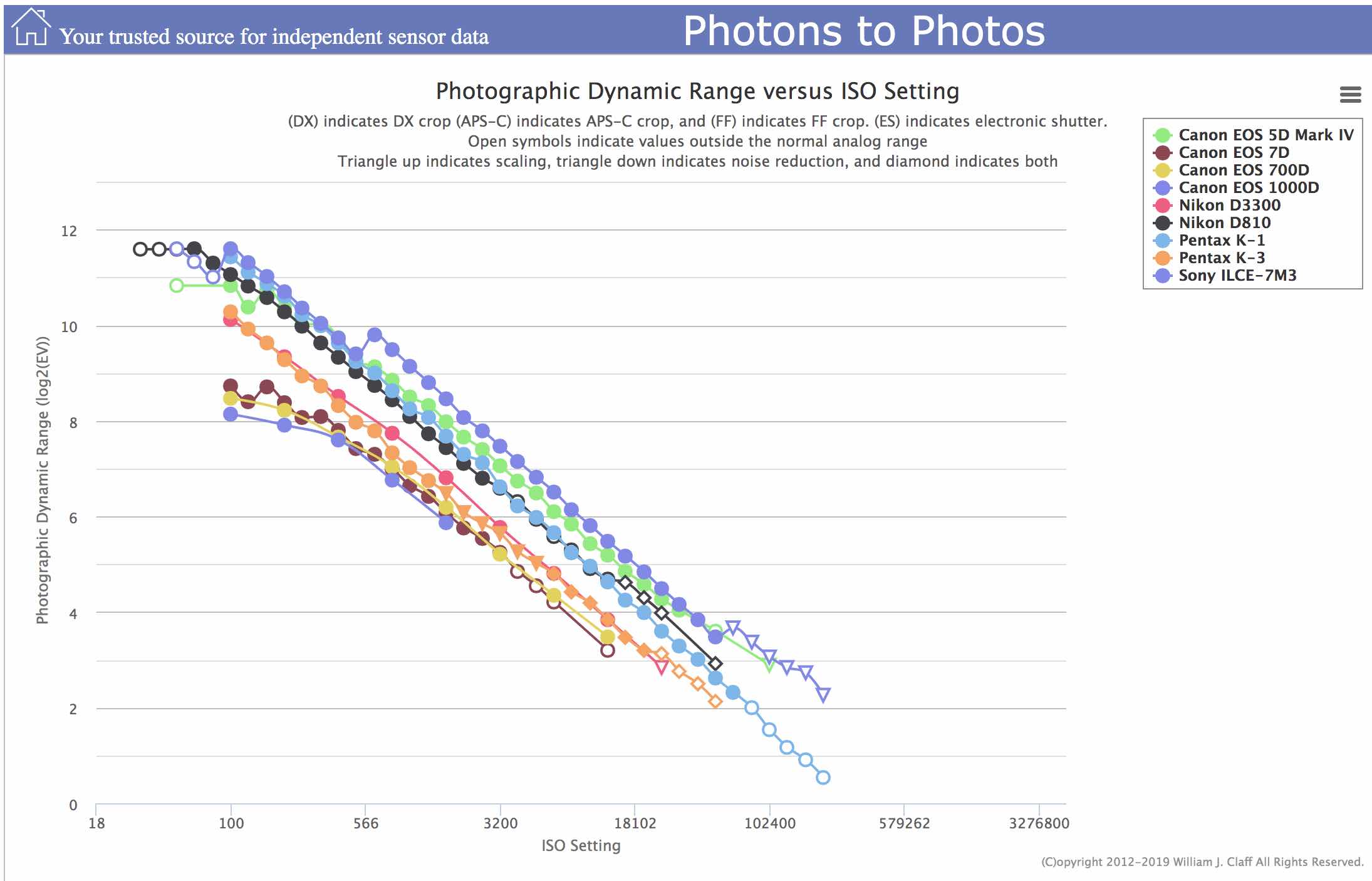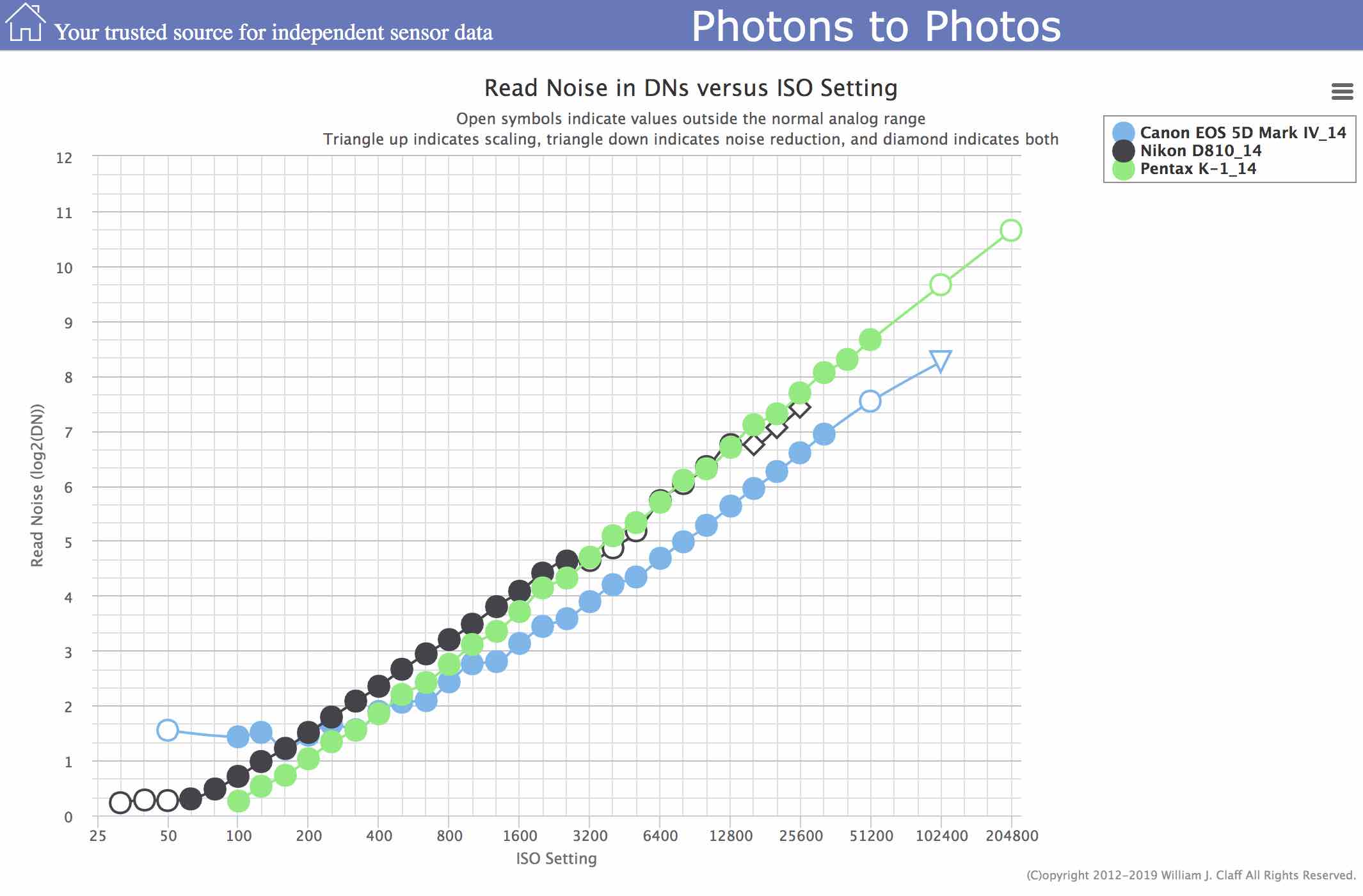
 |
WAITING FOR THE
SHADOW
Astronomical Observing and Photography |
| PHOTOGRAPHY | ECLIPSES | ASTRONOMY | HOME PAGE |




| PHOTOGRAPHY | ECLIPSES | ASTRONOMY | HOME PAGE |